Can you really reverse diabetes naturally? We break down clinical research, real results, and safe lifestyle methods that support lasting health.
You’ve probably heard someone say, “My uncle reversed his diabetes with smoothies and yoga.” Sounds nice, but is it actually possible?
Here’s the truth: while there’s no magic cure, research from Harvard and the CDC shows that small lifestyle changes like eating smarter, staying active, and losing a bit of weight can truly make a difference.
If you’re tired of guesswork and miracle claims, let’s talk about what really works to reverse.
Understanding What It Means to Reverse Diabetes Naturally
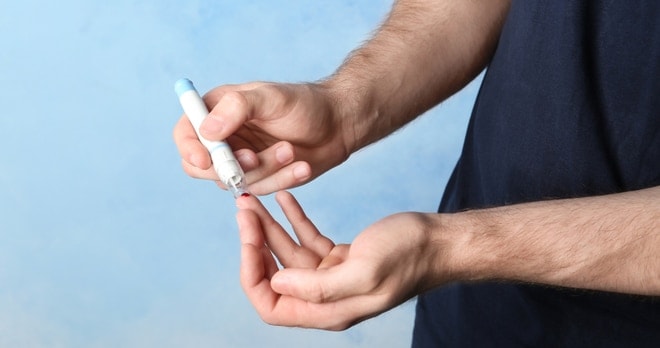
Before exploring how to reverse diabetes, let’s first understand what reversal truly means and what science says about it.
Learn what experts really mean when they say you can reverse diabetes. We’ll explain how blood sugar, insulin resistance, and lifestyle changes affect your ability to reach normal blood sugar levels without claiming a miracle cure for diabetes.
Here’s what “reversal” looks like in real life:
-
You maintain normal blood sugar levels for months without extra medication.
-
You improve insulin resistance by staying active through simple physical activity like walking.
-
You eat more whole grains, healthy fats, and fewer processed foods.
-
You build a healthy lifestyle that prevents the development of diabetes again.
So, yes, you can reverse diabetes with consistent effort, knowledge, and the right habits.
How Diabetes Develops: The Science of High Blood Sugar and Insulin Resistance
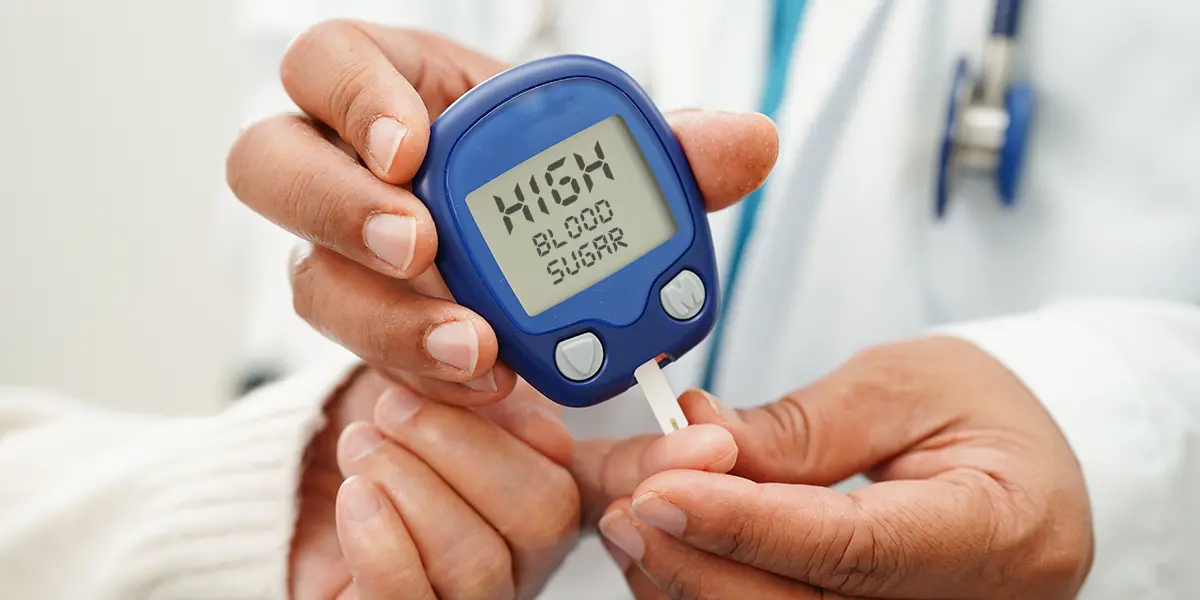
Before you can reverse diabetes, you need to understand how it starts. This section explores how insulin resistance, excess weight, and poor eating habits contribute to developing diabetes and what the pancreas produces when your body doesn’t make enough insulin.
How excess weight and unhealthy eating contribute to developing diabetes
Carrying excess weight puts pressure on how your body uses insulin. Over time, unhealthy eating and low physical activity can lead to high blood sugar and eventually type 2 diabetes. Small lifestyle changes and balanced meals can help prevent diabetes before it begins.
Your body needs insulin to move sugar from your blood into your cells for energy. When you eat too many processed foods or foods high in saturated fats, your body becomes less sensitive to insulin. This leads to high blood sugar levels and weight gain.
The link between insulin resistance and blood glucose levels
When insulin resistance develops, your body needs more insulin to maintain normal levels of blood glucose. If left unchecked, this leads to high risk for type 2 diabetes, heart disease, and kidney failure. Early detection and weight loss can help the body respond better to insulin.
Uncontrolled blood sugar over time can also lead to vision loss, making regular eye check-ups an important part of diabetes care.
Insulin resistance happens when your body’s cells stop responding to insulin properly. The pancreas produces more insulin to keep blood sugar in a healthy range, but over time, it can’t keep up.
This causes high blood sugar and, eventually, type 2 diabetes. Experts say regular exercise and a healthy lifestyle can restore insulin sensitivity and protect overall health.
Can You Truly Reverse Diabetes? What the Latest Research Shows
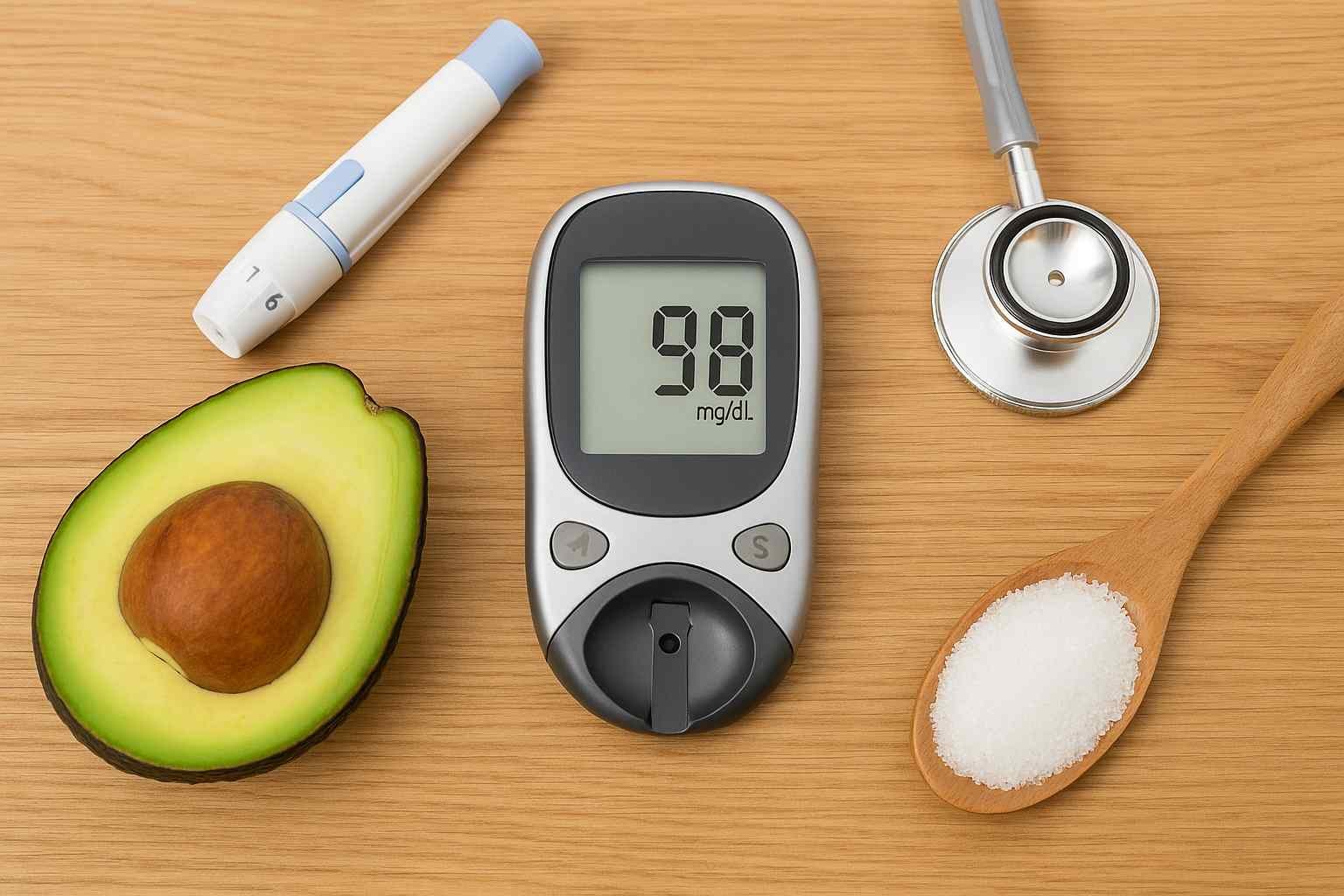
Here, we review clinical studies from Harvard, Emory, and the Diabetes Code to see how far lifestyle changes and healthy habits can go. Discover which factors, like weight loss, physical activity, and healthy fats, make it scientifically possible to reverse diabetes.
How losing weight impacts reversal
Most studies show that people who lose weight and keep it off can reverse type 2 diabetes more effectively. Even a 5–10% drop in body weight can lower blood glucose levels and reduce the need for medication. This process restores insulin sensitivity and helps keep blood sugar within a healthy range.
-
When you lose weight, your pancreas produces insulin more efficiently. This helps your body move sugar into cells instead of letting it build up in your bloodstream.
-
Research from the National Institutes of Health (NIH) found that losing even a small amount of excess weight can help many people manage or even reverse type 2 diabetes naturally.
Medication vs. natural reversal
While medication plays a key role in managing diabetes, researchers agree that combining medical treatment with diet and exercise offers the best results. For many, natural lifestyle changes can lower dependence on drugs while improving overall health and long-term outcomes.
Here’s how both approaches compare at a glance:
| Aspect | Medication Approach | Natural Reversal Approach |
|---|---|---|
| Goal | Controls blood sugar using prescribed drugs like insulin or metformin | Aims to restore insulin sensitivity through diet, exercise, and weight management |
| Effectiveness | Immediate control of glucose levels but requires continuous use | Gradual improvement with potential for long-term diabetes remission |
| Side Effects | Possible nausea, fatigue, or weight gain depending on medication | Fewer side effects; improved energy and overall health |
| Cost | Ongoing expenses for medication and doctor visits | Lower long-term costs through lifestyle changes |
| Dependency | Often lifelong reliance on medication | Can reduce or eliminate the need for drugs with consistent effort |
| Focus | Manages symptoms | Targets root causes through holistic health changes |
The Role of Diet: Building a Healthy Diet That Supports Normal Blood Sugar Levels
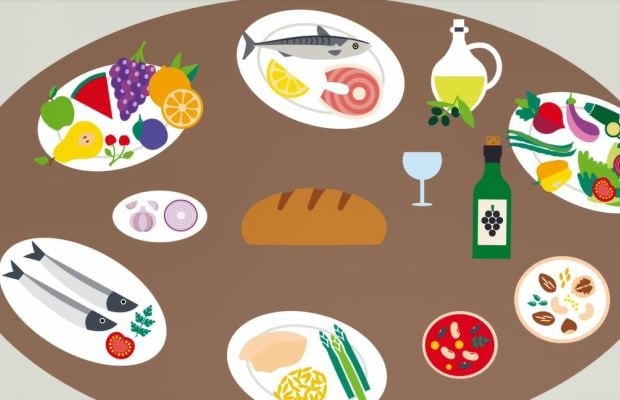
Find out how a healthy diet filled with whole grains, lean protein, and non-starchy vegetables helps manage blood glucose levels. You’ll learn why avoiding processed foods, added sugars, and trans fats can reduce diabetes risk and promote overall health.
A healthy diet is the key to reversing diabetes and living a healthy life. What you eat every day affects your blood sugar levels and your body’s insulin resistance.
"Need a personalized meal plan to keep your blood sugar steady? Explore My Balance Bite’s science-based nutrition programs designed for sustainable diabetes management.”
Best foods for long-term diabetes management
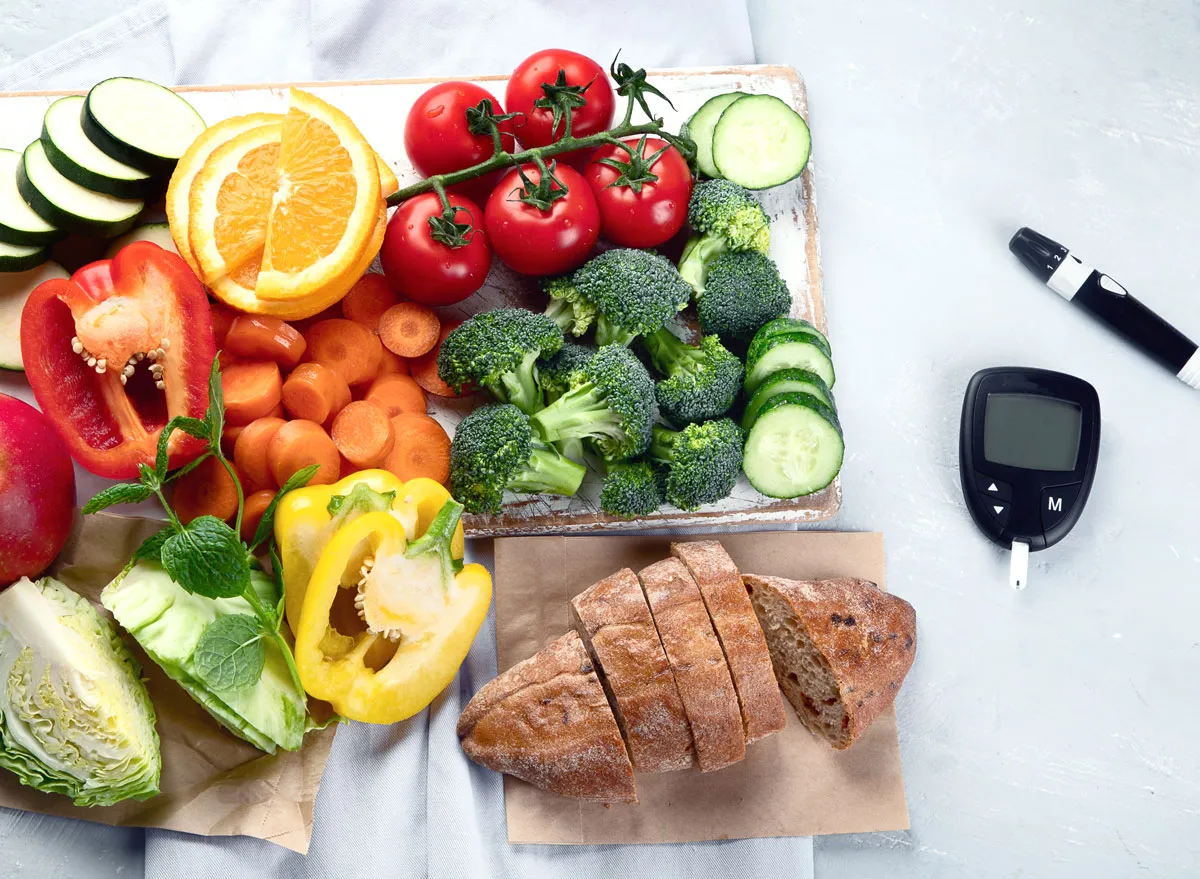
1. Whole Grains (Oats, Brown Rice, Quinoa)
Whole grains are rich in fiber and nutrients that stabilize blood glucose levels and reduce diabetes risk. Options like brown rice and quinoa slow down sugar absorption and help maintain normal blood sugar levels. They’re especially beneficial for those at high risk of developing diabetes.
-
Oats, quinoa, brown rice, barley.
-
Try oatmeal for breakfast or swap white rice with brown rice.
How to eat:
-
Keep portions small, eat smaller portions to avoid spikes in blood sugar levels.
-
Add veggies or beans for fiber balance.
2. Non-Starchy Vegetables (Broccoli, Spinach, Cauliflower)
These vegetables are nutrient-dense, low in carbs, and packed with antioxidants that protect against heart disease and kidney failure. Eating more non-starchy vegetables can help control weight gain and lower blood sugar naturally.
-
Broccoli, spinach, zucchini, cauliflower, kale.
How to eat:
-
Steam or roast instead of frying.
-
Fill half your plate with veggies every meal for a balanced, healthy diet.
3. Lean Protein (Fish, Chicken, Eggs, Tofu)
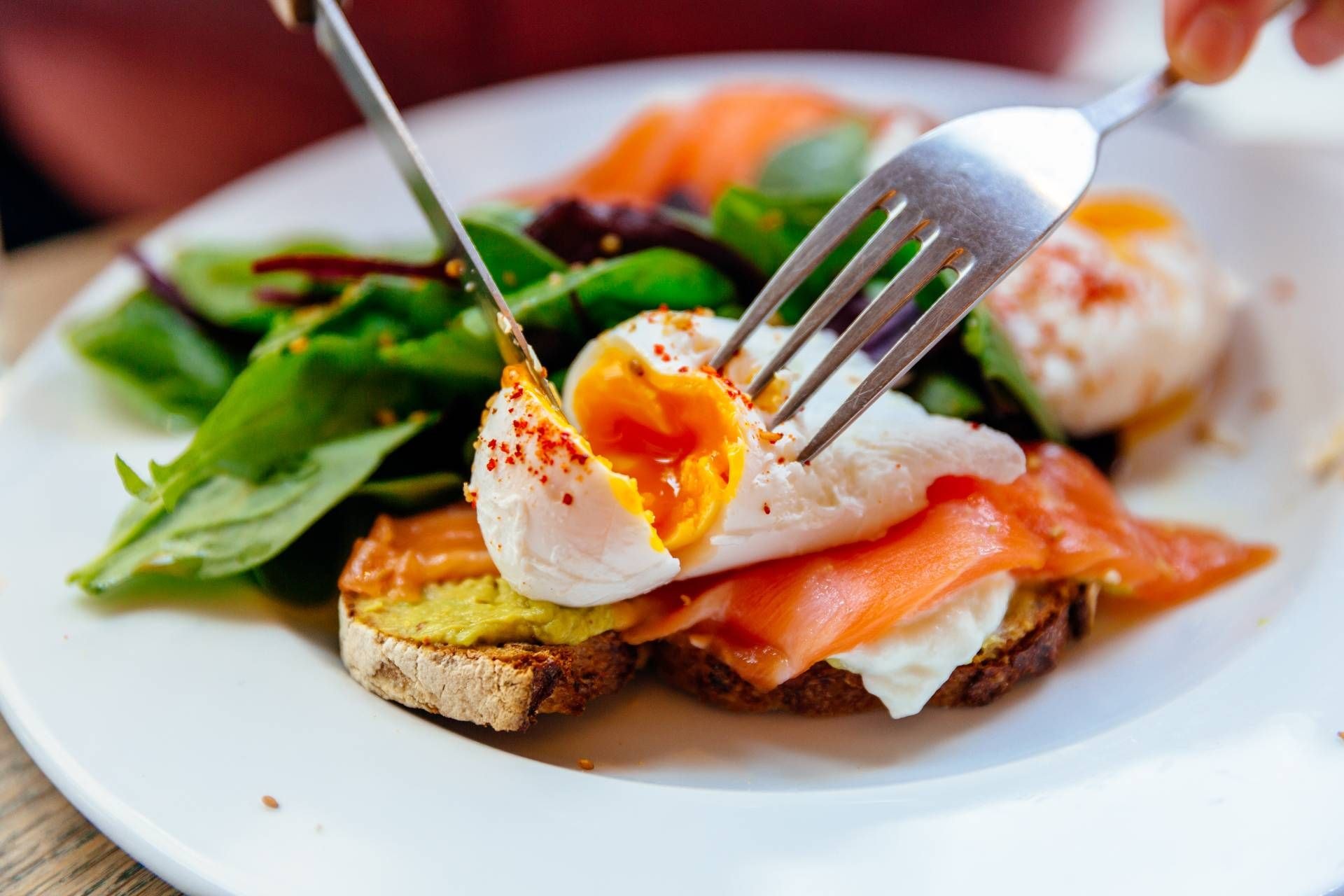
Lean protein sources keep you full, support muscle health, and aid in weight management. Avoid excessive red meat and opt for grilled or steamed options to reduce saturated fats that can raise your diabetes risk.
-
Skinless chicken, fish (like salmon or tuna), tofu, boiled eggs.
How to eat:
-
Grill or bake instead of frying.
-
Combine with non-starchy veggies for steady blood glucose levels.
4. Healthy Fats (Avocados, Olive Oil, Nuts, Seeds)
Healthy fats help lower bad cholesterol and support stable blood glucose levels. Replace saturated fats with olive oil or avocados to improve insulin sensitivity. A small handful of nuts each day can promote heart health and balance sugar levels.
-
Avocados, olive oil, walnuts, almonds, chia seeds.
How to eat:
-
Add avocado to salads or spread on toast.
-
Snack on a handful of nuts instead of chips.
5. Legumes (Lentils, Chickpeas, Beans)
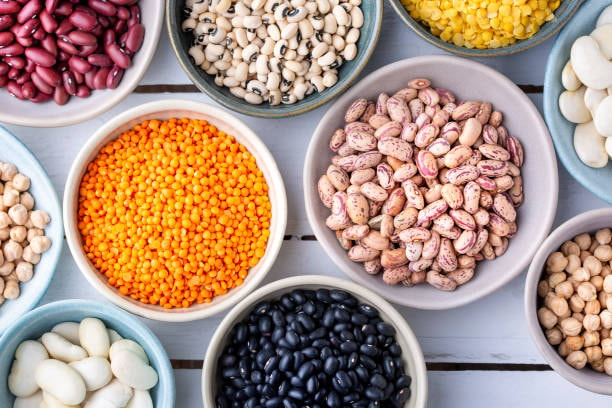
Legumes provide plant-based protein and fiber, which regulate blood sugar and improve digestion. Regularly including lentils or chickpeas can help manage diabetes naturally and lower the need for medication.
-
Chickpeas, black beans, kidney beans, and lentils.
How to eat:
-
Add to salads or soups for more protein.
-
Use instead of meat once or twice a week to reduce type 2 diabetes risk.
6. Low-Carbohydrate Fruits (Berries, Apples, Citrus Fruits)
These fruits are rich in antioxidants and have a low glycemic index, making them excellent for people managing type 2 diabetes. They help curb cravings for too much sugar and protect against health complications.
-
Blueberries, apples, oranges, strawberries.
How to eat:
-
Eat them whole instead of as juice.
-
Pair with yogurt for a healthy snack that won’t spike blood glucose levels.
7. Dairy or Alternatives (Greek Yogurt, Almond Milk)
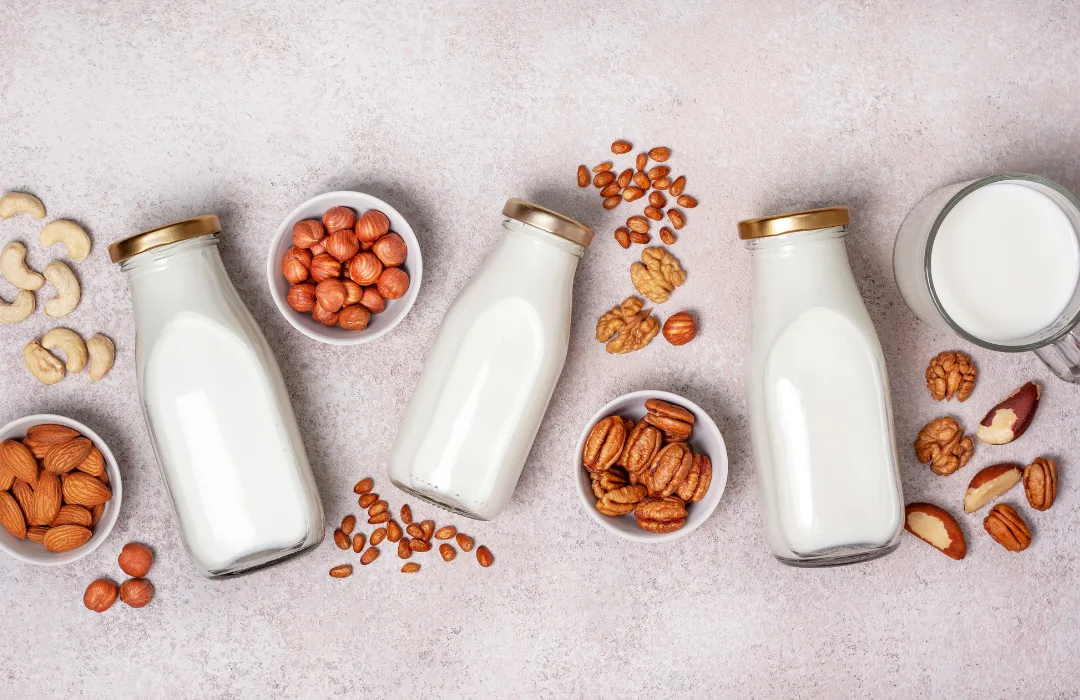
Low-fat dairy or fortified plant-based milks offer calcium and protein for overall health. Choose unsweetened versions to avoid added sugars that can spike blood glucose levels.
-
Greek yogurt, low-fat milk, soy milk, almond milk.
How to eat:
-
Mix yogurt with berries or nuts for a balanced snack.
-
Avoid flavored or sweetened dairy options.
8. Nuts and Seeds (Almonds, Flaxseeds, Chia Seeds)
Packed with omega-3 fatty acids, these snacks improve heart health and promote stable blood sugar. Including them in your meals may help prevent diabetes and support a healthy lifestyle.
-
Almonds, flaxseeds, chia seeds, pumpkin seeds.
How to eat:
-
Sprinkle over oatmeal or salads.
-
Carry a small bag of nuts for a quick, healthy habit on the go.
9. Herbs and Spices (Cinnamon, Turmeric, Ginger)
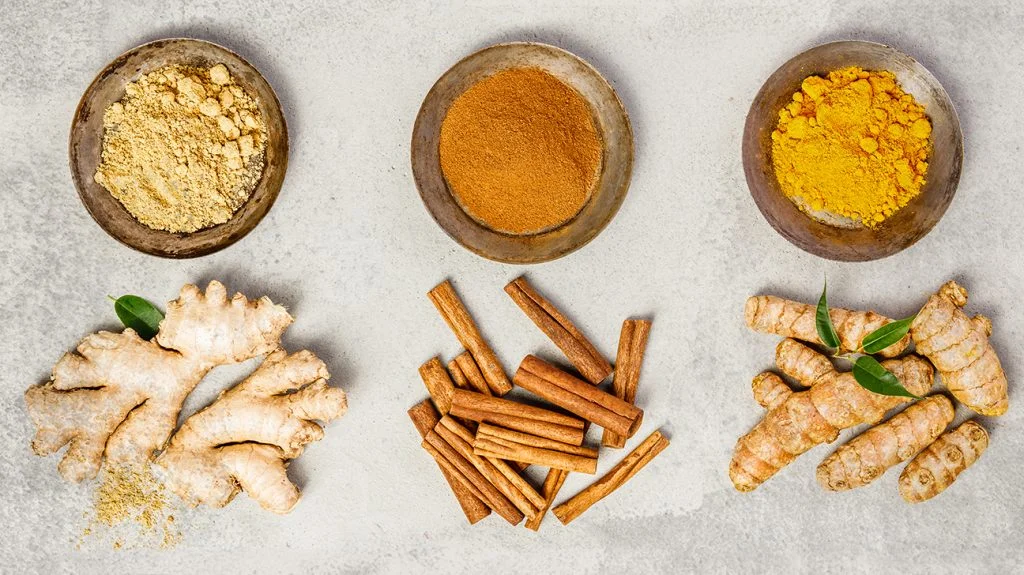
Natural herbs and spices not only add flavor but also help reduce inflammation and improve insulin resistance. Cinnamon, for instance, can aid in balancing blood glucose and lowering diabetes risk.
-
Cinnamon, turmeric, ginger, and garlic.
How to eat:
-
Add cinnamon to coffee or oatmeal.
-
Use turmeric and ginger in cooking instead of sauces high in sugar.
10. Water and Green Tea
Staying hydrated helps flush excess sugar from your bloodstream. Green tea, rich in antioxidants, supports metabolism and insulin function. Make water your main beverage for better health and blood pressure control.
-
Plain water, green tea, and herbal tea.
How to drink:
-
Drink 6–8 glasses daily.
-
Replace soda or sweet drinks with green tea to reverse diabetes naturally and protect your healthy life.
“Confused about what to eat for better blood sugar control? Get expert-curated diet plans and simple recipes from certified nutritionists at My Balance Bite.”
How to Prevent Diabetes and Maintain Long-Term Results with Diet and Lifestyle Changes
Reversing diabetes isn’t just about a short-term fix; it’s about prevention. Learn how healthy habits, consistent diet and lifestyle choices, and maintaining a healthy weight can prevent diabetes and other health complications long-term.
1. Adopt a balanced diet and lifestyle
Follow a healthy diet centered on whole grains, lean proteins, and vegetables to support overall health and prevent the development of diabetes. Include low-carb options to maintain stable blood glucose levels.
-
Include low-carb meals like quinoa, brown rice, and lentils.
-
Keep meals small, and eat smaller portions to control blood glucose levels.
-
If you have a family history of diabetes, start with early prevention by maintaining a healthy lifestyle.
2. Focus on a nutrient-rich, healthy diet
Prioritize healthy food and limit saturated fats. Replacing processed options with fresh ingredients helps manage type 2 diabetes and lowers the need for medication.
-
Eat colorful vegetables and fiber-rich foods daily.
-
Replace fried foods with grilled or steamed options.
-
Use healthy fats like olive oil or avocado to improve insulin sensitivity.
3. Maintain a healthy diet and a healthy lifestyle daily

A healthy lifestyle means consistency. Avoid weight gain, manage stress, and get enough rest to keep blood sugar within a healthy range.
-
Planning meals ahead to avoid overeating.
-
Managing stress through hobbies or deep breathing.
-
Avoiding sugary drinks and too much sugar in desserts
4. Engage in regular physical activity
Daily exercise like brisk walking, yoga, or strength training improves insulin sensitivity and helps you lose weight. Even without a gym membership, maintaining a regular routine can significantly lower your diabetes risk.
5. Keep an eye on blood pressure and blood glucose
Monitor your blood pressure and blood glucose levels regularly. Early checks help detect high-risk signs of type 2 diabetes or heart disease.
-
Check blood tests every few months.
-
Talk to your doctor about safe medication if needed.
-
Track your blood pressure using a home monitor.
6. Avoid added sugars and processed foods
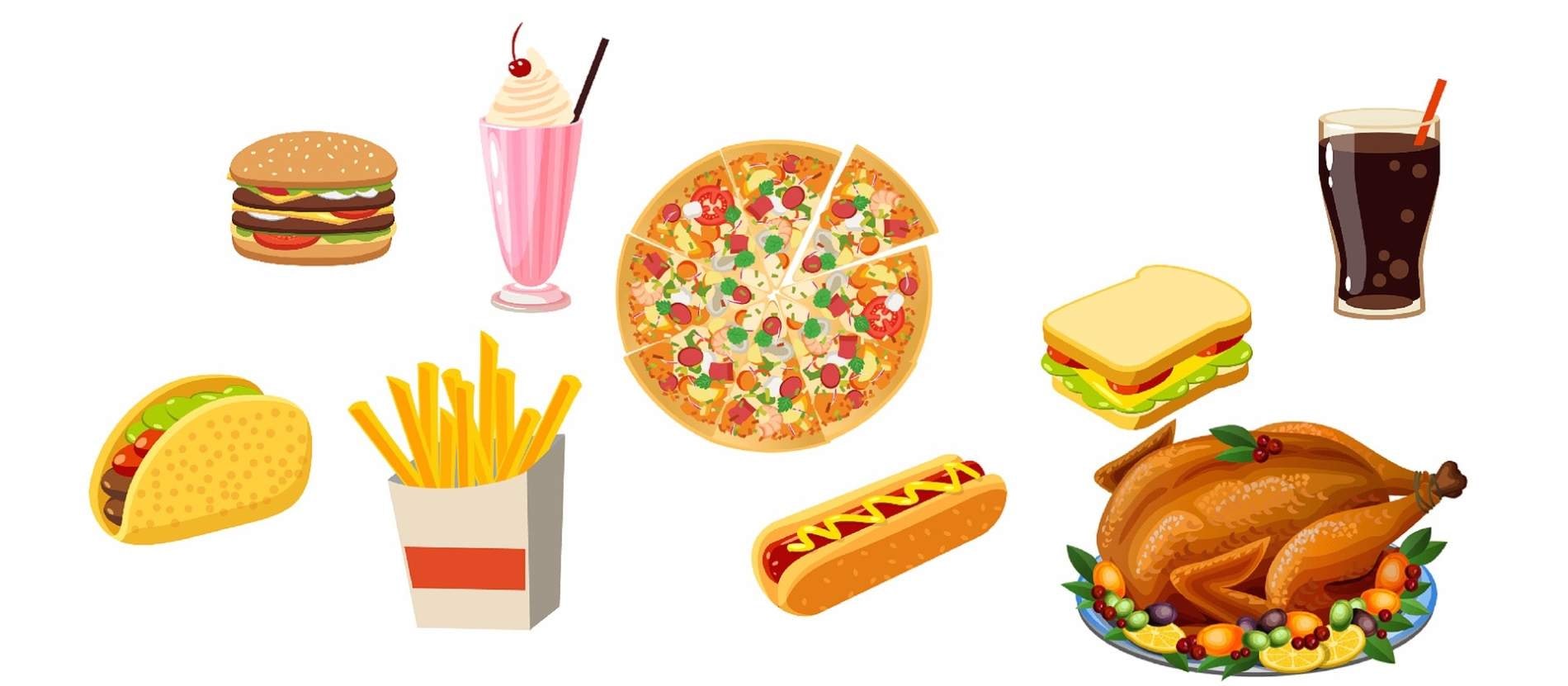
Cutting back on too much sugar and refined carbs helps maintain blood glucose balance and prevent diabetes complications.
-
Choose natural sweeteners like honey in small amounts.
-
Swap chips for nuts or fresh fruit.
-
Focus on whole grains and fresh meals.
7. Prioritize sleep and stress management
Lack of rest and chronic stress can disrupt insulin function. Avoid inadequate sleep by following a regular routine and relaxation practices to support long-term health.
-
Get 7–8 hours of sleep each night.
-
Follow a regular exercise routine for bedtime.
-
Try short meditation or yoga sessions.
8. Work with medical professionals
Regular consultations with your primary care doctor ensure you’re managing diabetes safely. Discuss your medication plan, diet, and exercise schedule with a trusted medical professional for personalized guidance.
“Ready to make lifestyle changes that actually last? Join My Balance Bite’s coaching program to learn how to reverse diabetes naturally with small, daily habits.”
FAQs

1. What is the fastest way to cure diabetes?
There’s no instant cure for diabetes, but research shows that adopting a healthy diet, regular physical activity, and sustainable lifestyle changes can significantly lower blood sugar levels and, in some cases, reverse diabetes over time.
2. What are the 10 warning signs of diabetes?
Common warning signs include frequent urination, excessive thirst, constant hunger, unexplained weight loss, fatigue, blurred vision, slow-healing wounds, tingling in hands or feet, frequent infections, and dry skin.
If you notice several of these symptoms, consult a doctor for blood glucose tests and early diabetes management.
3. How does healthy eating help reverse diabetes?
Healthy eating stabilizes blood glucose levels by controlling food intake, portion size, and nutrient balance. Choosing fiber-rich foods, whole grains, and healthy fats improves insulin sensitivity, supports weight management, and lowers diabetes risk.
Over time, consistent healthy eating and lifestyle changes can help reverse diabetes.
4. How can I prevent diabetes from returning after reversal?
Continue your healthy lifestyle, balanced diet, regular exercise, weight control, and routine blood tests. Long-term diet and lifestyle management ensure blood glucose stays within a healthy range.
5. Can gestational diabetes be reversed naturally after pregnancy?
Often, yes. With healthy eating, physical activity, and regular blood glucose monitoring, most women see their blood sugar levels return to normal postpartum. However, continued lifestyle changes help lower the risk of developing type 2 diabetes later.
Final Thoughts
Reversing diabetes isn’t about quick fixes; it’s about commitment and consistency. You don’t need extreme diets or expensive supplements.
If you have a family member with diabetes or a family history of the condition, start small now. Prevention always beats treatment.
Remember, not everyone will experience the same speed of progress, but steady changes can help you reverse diabetes naturally and even protect against type 2 diabetes in the future.
You can’t “cure diabetes” overnight, but with knowledge, discipline, and self-care, you can keep your blood sugar in a healthy range and possibly see it reversed permanently. Stay consistent, stay informed, and give your body the healthy life it deserves.



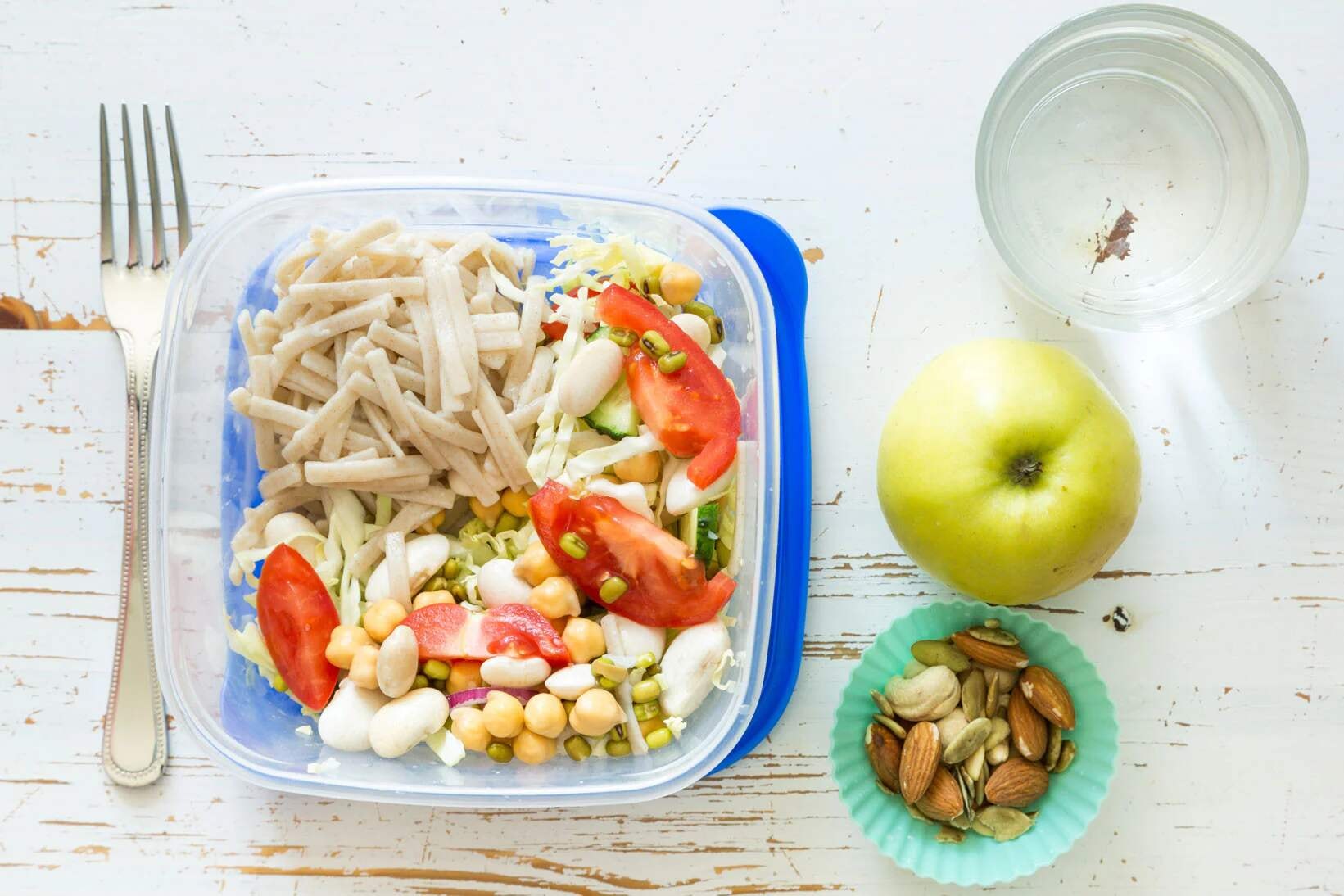
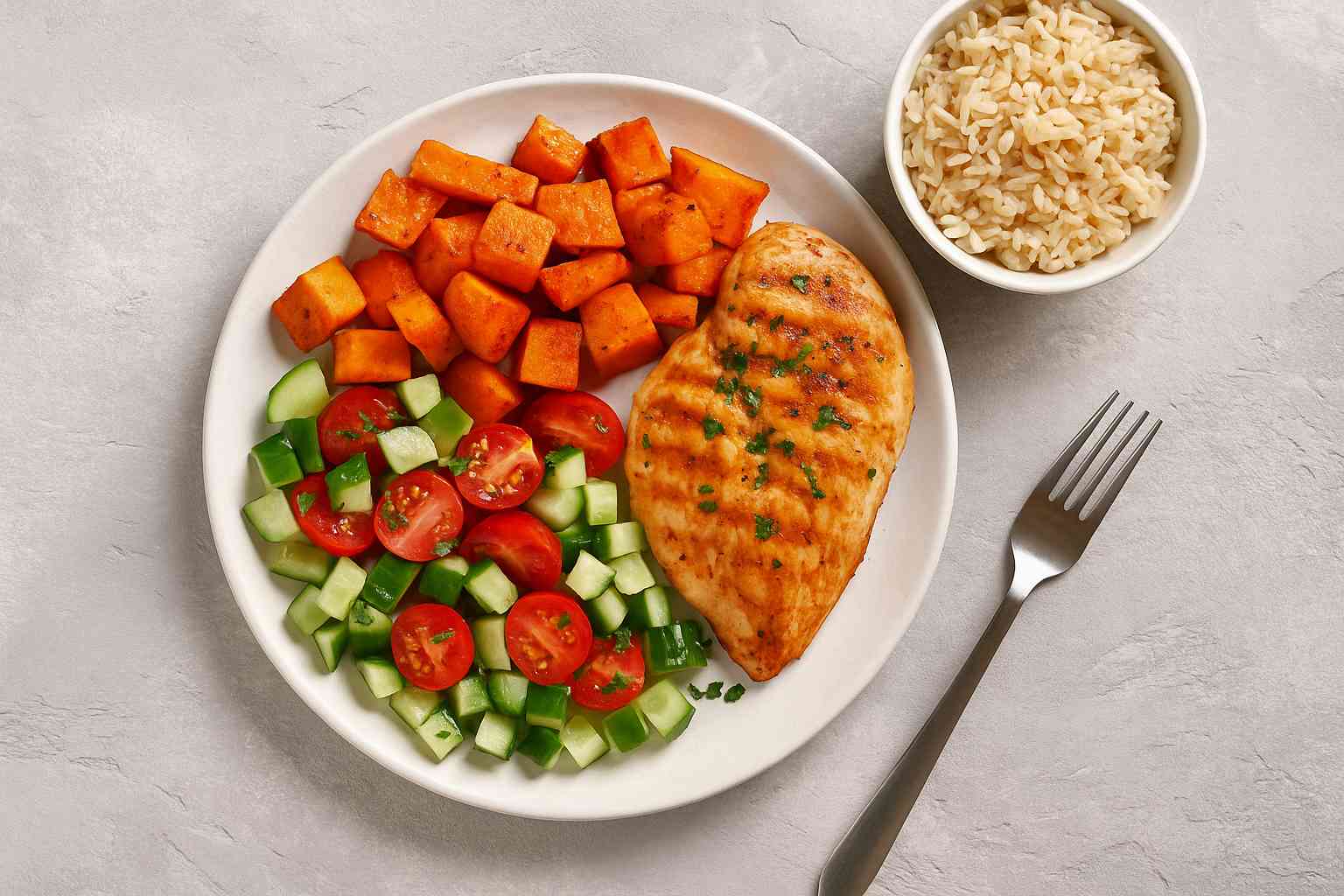
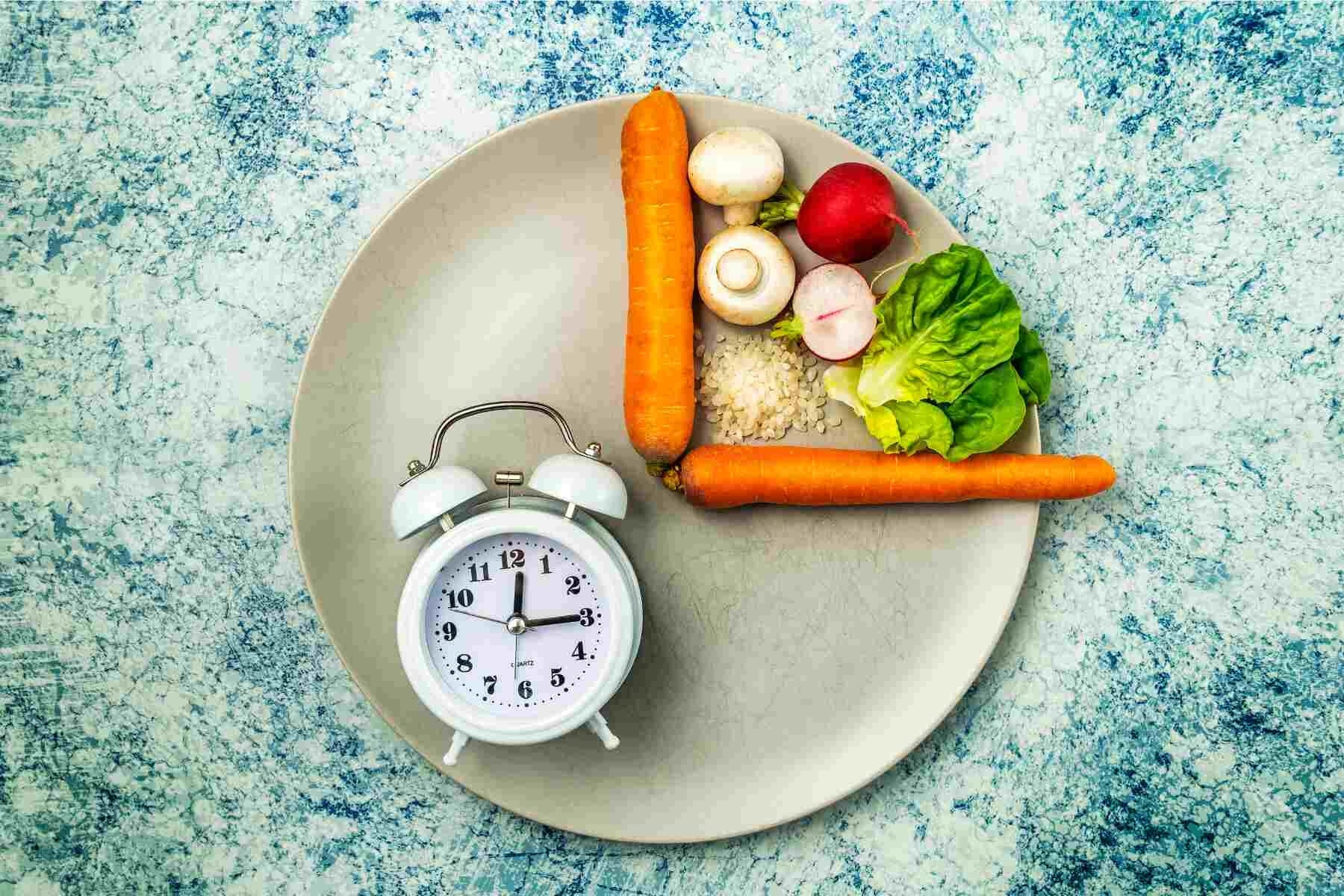

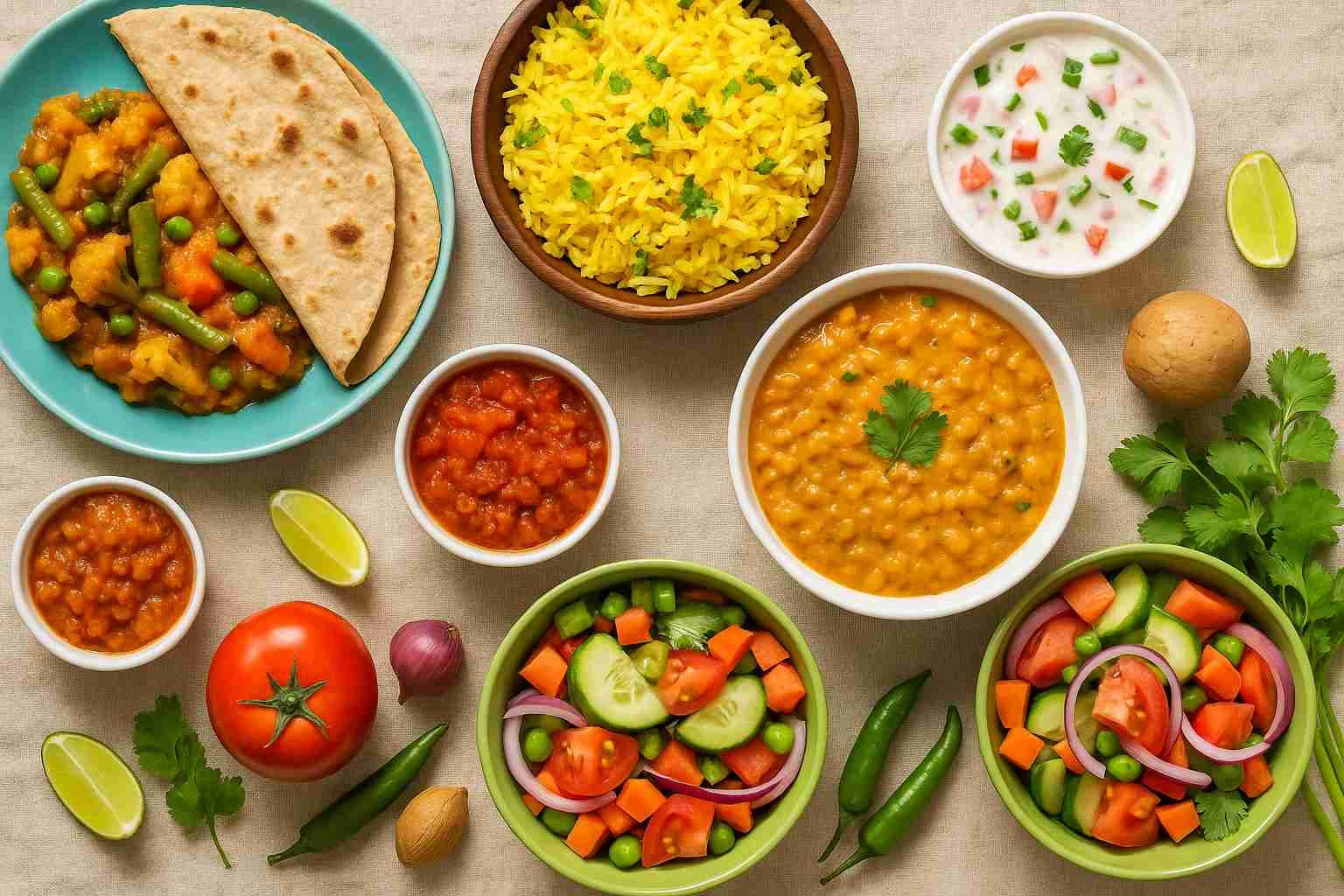
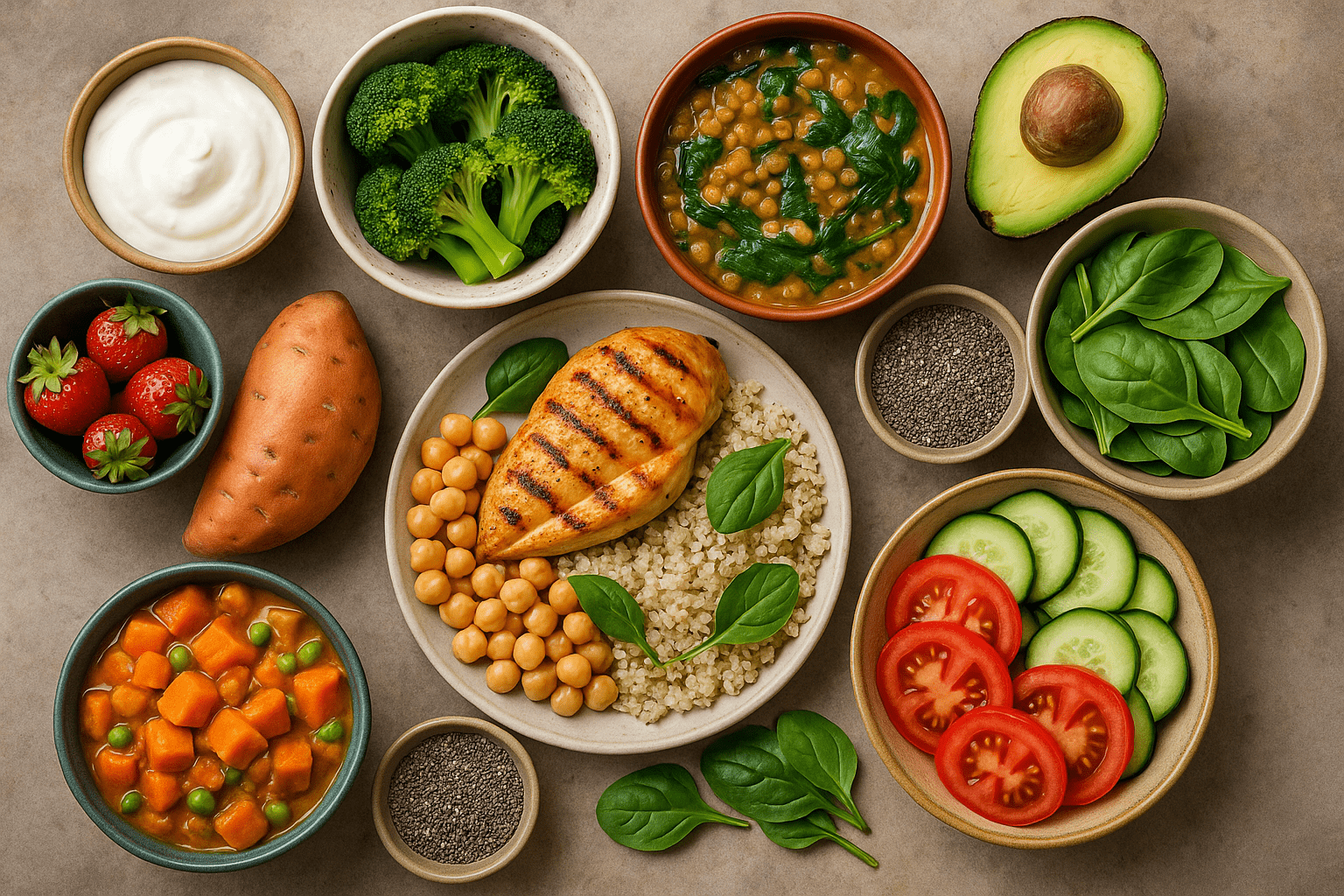
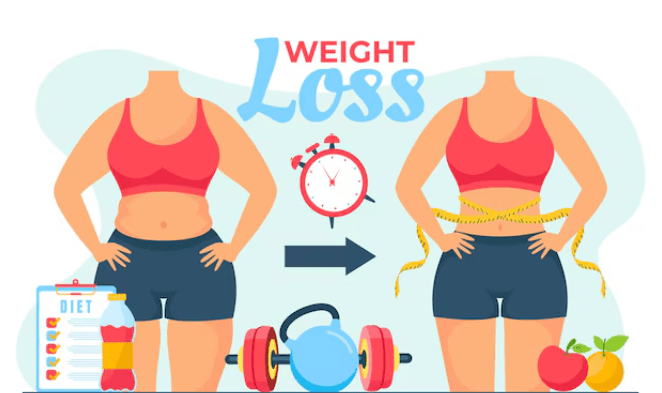

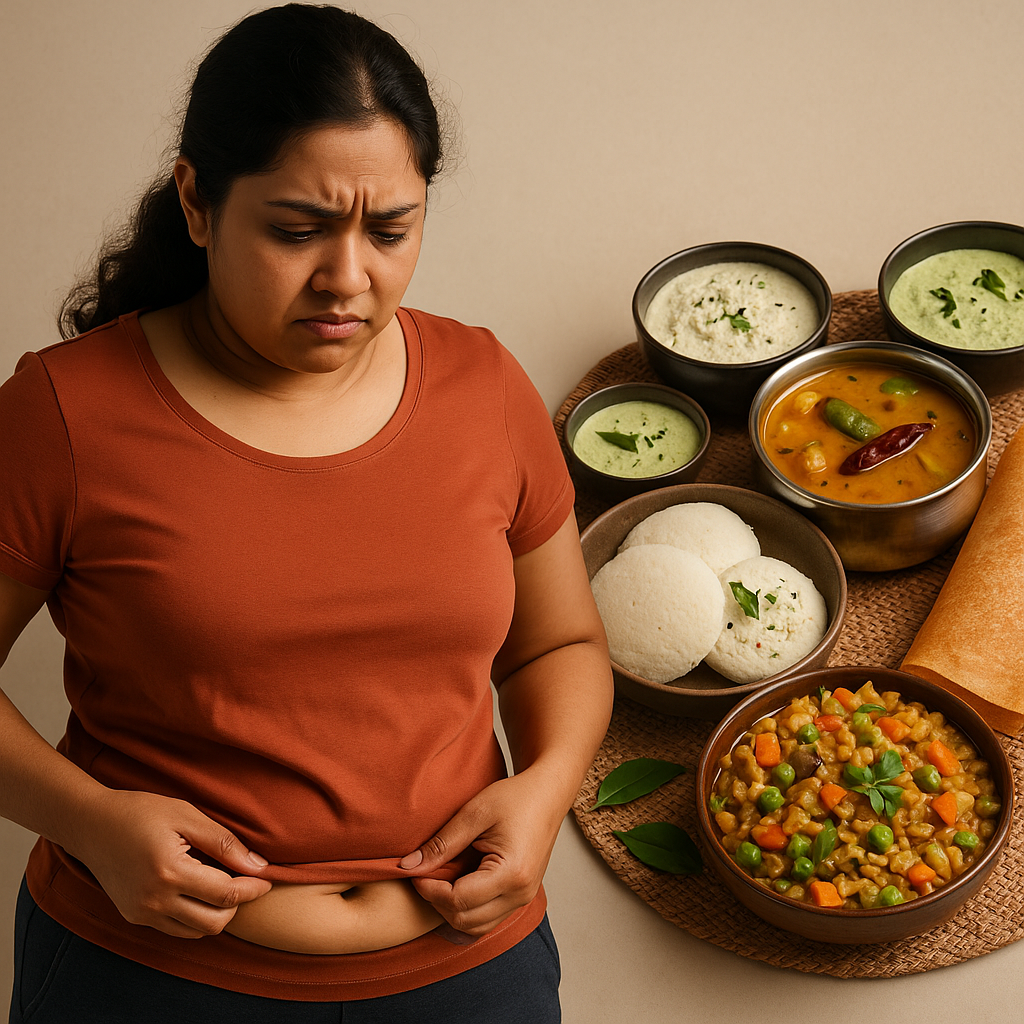
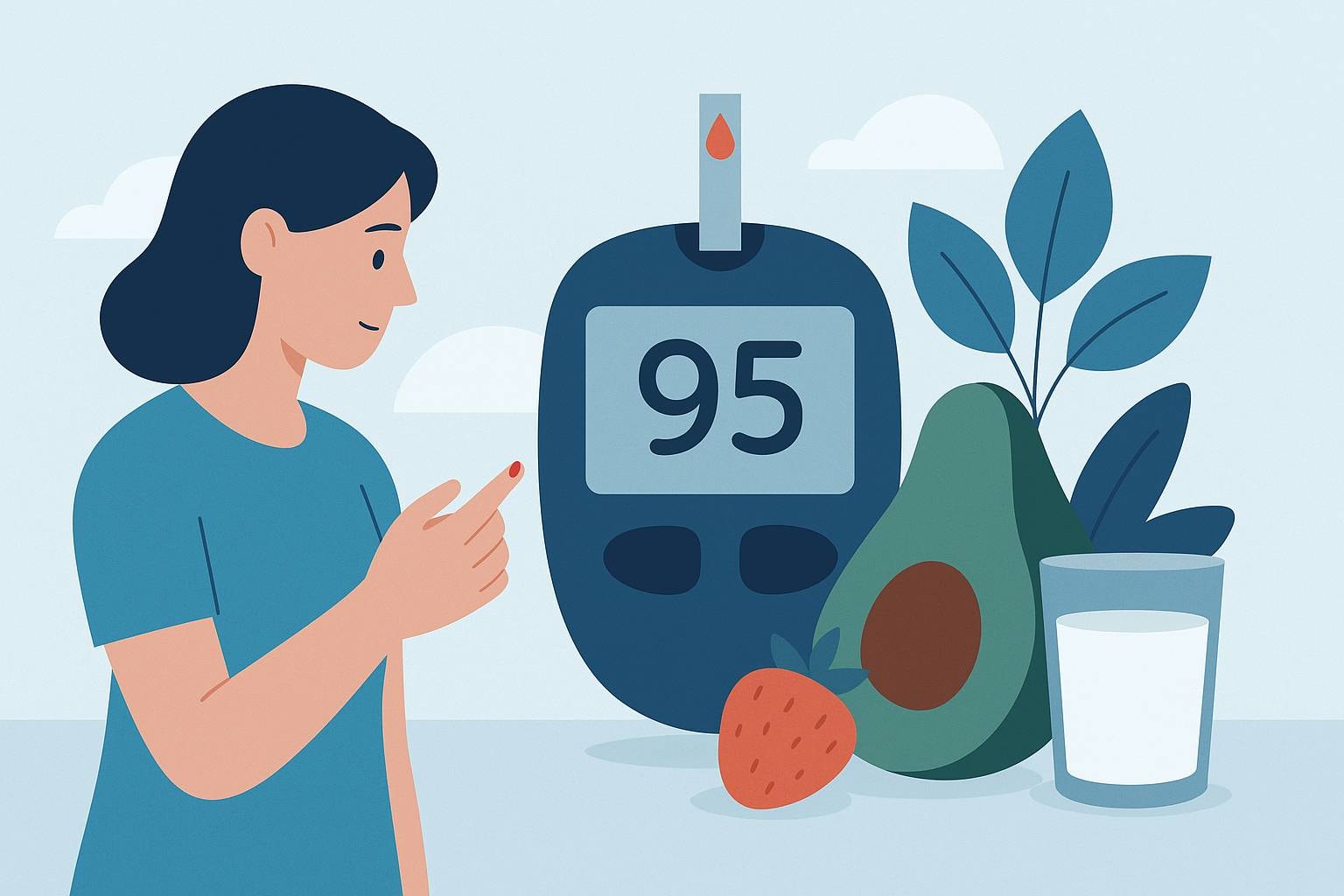
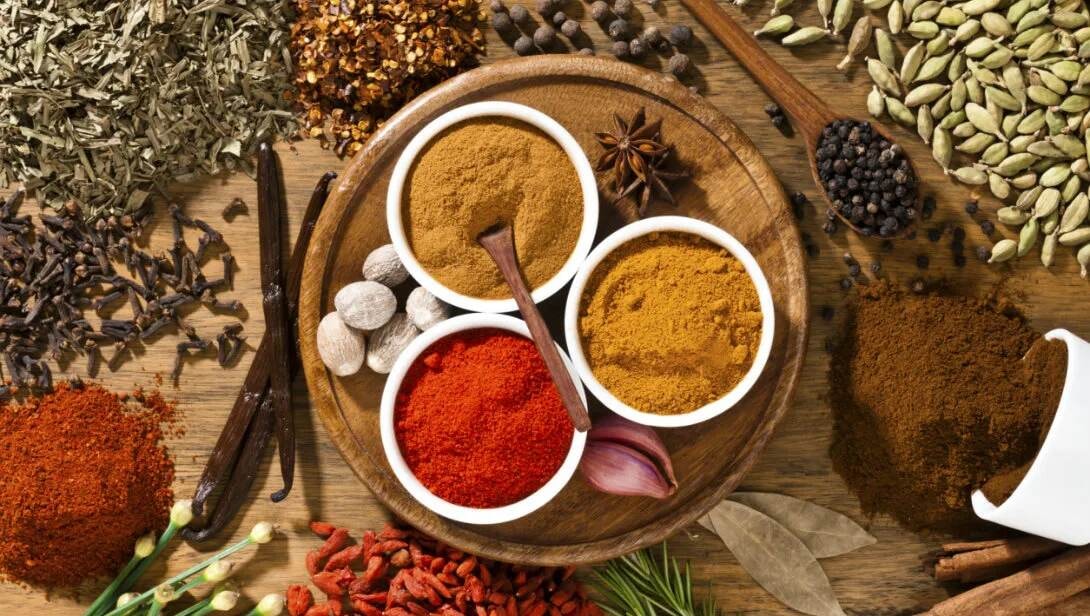
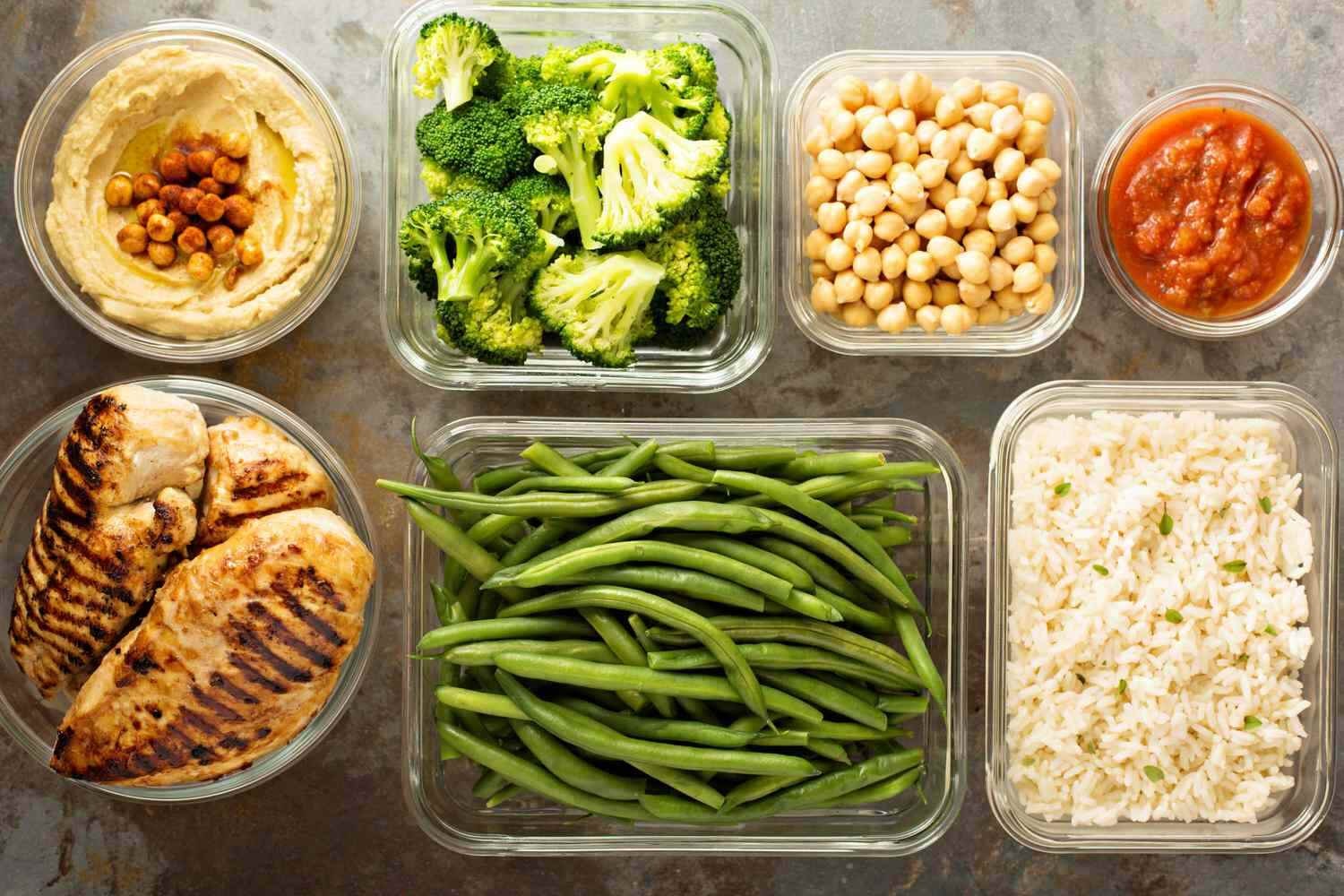
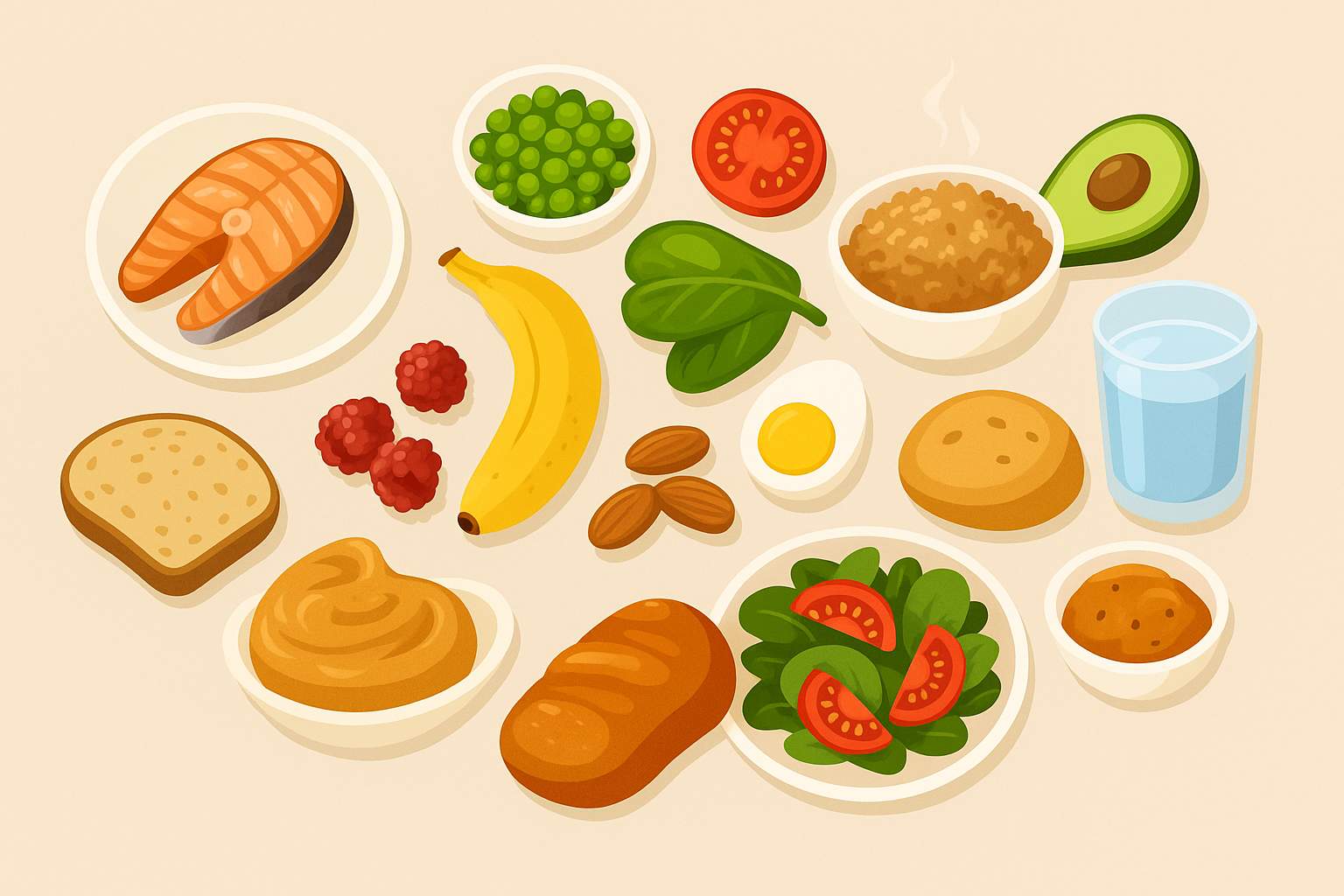
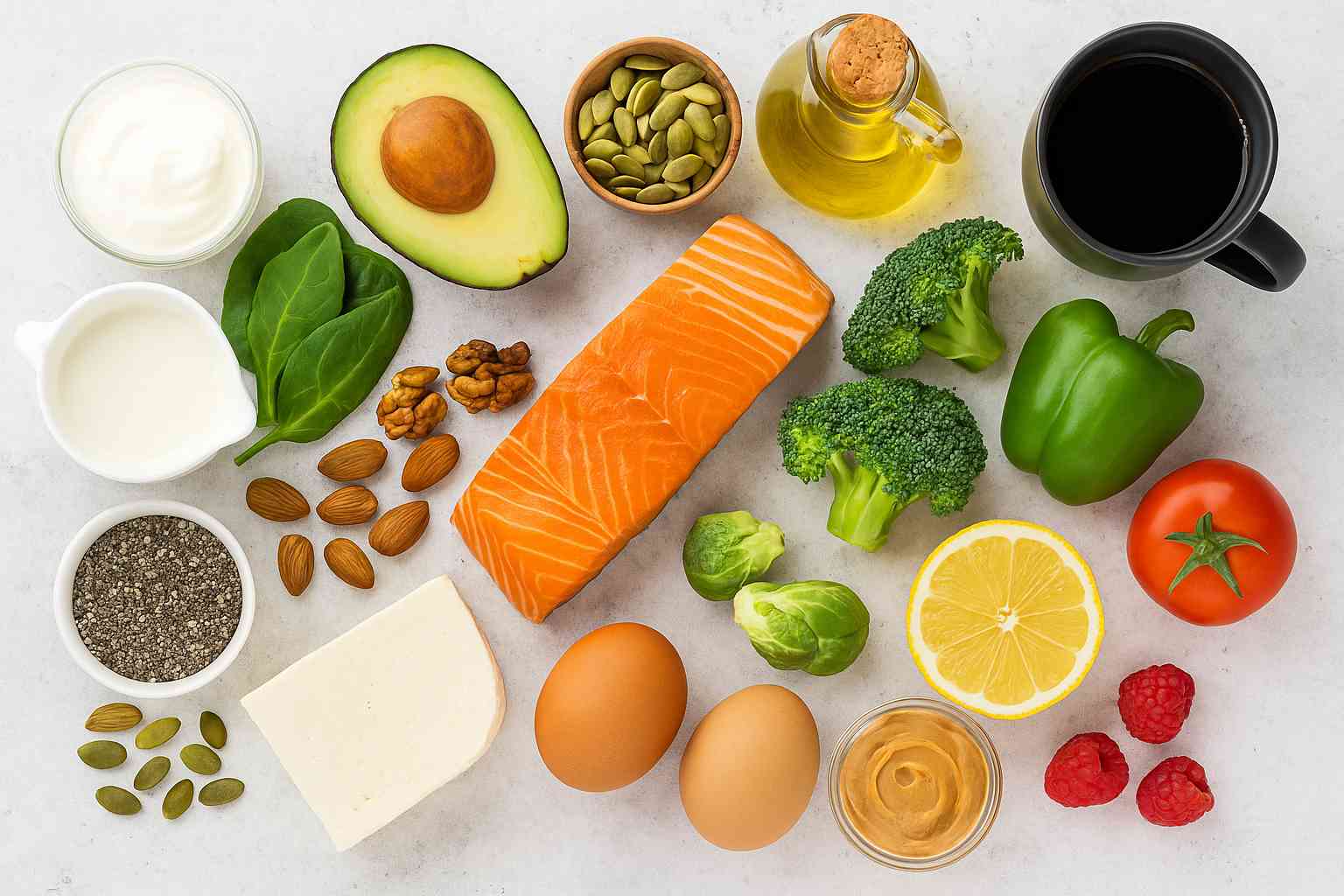



Leave a comment
Translation missing: en.blogs.comments.discription